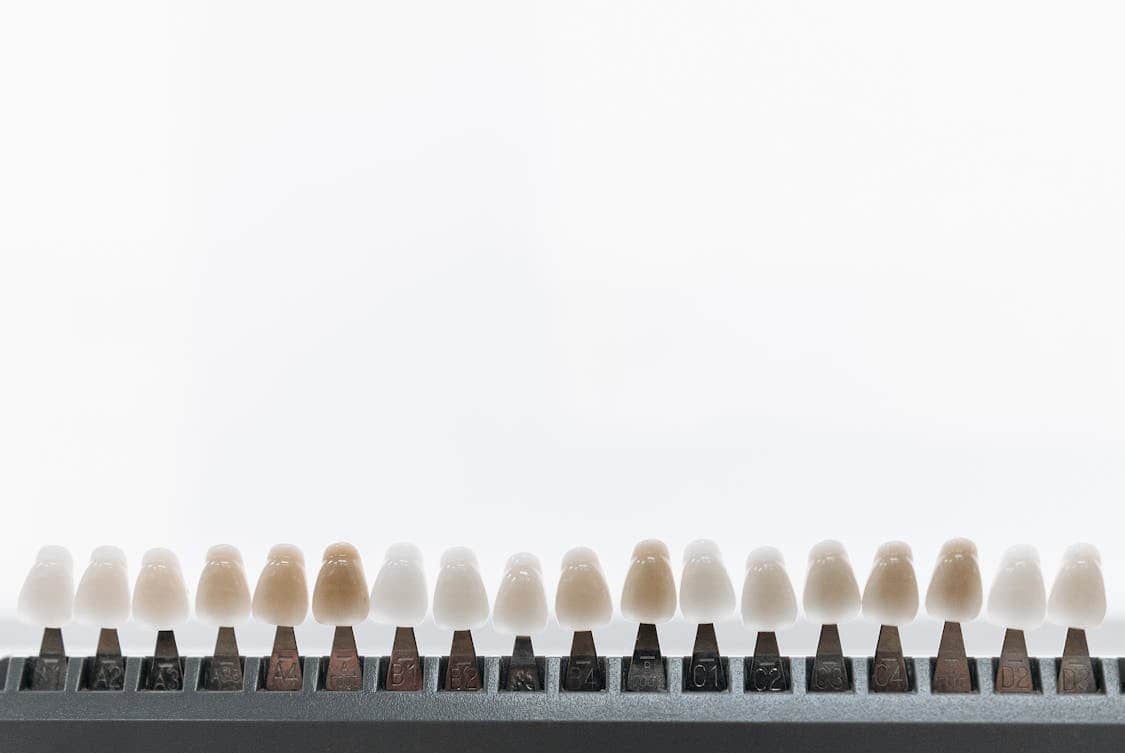Natural-looking veneers can change the way you smile without looking overdone or artificial. A great smile blends with your facial features, moves naturally when you speak, and wears like real teeth.
Getting that outcome takes more than picking a shade from a chart; it calls for small choices that add up. This article walks through practical steps and choices that help a smile read as authentic.
Why Natural Look Matters
People notice smiles more than we give credit for, and a natural-looking set of veneers helps social signals read true rather than staged. When teeth match the rest of the face in size, color, and texture, the smile looks effortless, which is the very thing many patients want. A fake-looking smile can draw attention in the wrong way, so the aim is to blend, not broadcast.
Pick the Right Material
Materials vary, and the physical properties of each affect how light passes through a tooth, which is central to a real appearance. Porcelain and certain high-strength ceramics mimic enamel translucency and edge chipping in ways older materials could not, giving depth that flat surfaces lack.
Think of material choice as the foundation for every visual decision to follow. If you’re looking for a simple, removable option that still achieves a bright, natural aesthetic, consider exploring Shiny Smile teeth veneers.
Match Shade, Value, and Translucency

Shade alone won’t do the trick; you need to think in layers: base hue, overall lightness (value), and how much light passes through the edges (translucency).Teeth are rarely a single flat color, and tiny internal variances, like subtle striations or slight grey near the gumline, add realism. If the crown is too uniform, the eye flags it as prosthetic.
Shape That Fits Facial Proportions
Tooth shape interacts with face shape, smile line, and lip movement, so proportions matter more than trendy contours. A person with a soft jawline usually looks better with softer tooth corners, while a strong jaw can carry bolder incisal edges. Proportion also includes how much tooth shows at rest and in speech; that balance keeps a smile honest.
Pay Attention to Surface Texture
Surface texture controls how light scatters: tiny pits, faint ridges, and micro-matte areas stop a tooth from reading like a glossy prop. Texture at the incisal edge and on buccal surfaces breaks up reflections and adds life to the smile. Lab finishing skills here are worth their weight in gold because they convert flat work into something that breathes.
Work Closely With the Ceramist
Clinician notes and a skilled ceramist form a partnership that turns clinical data into visual truth. Photos, digital scans, and a clear bite record give the ceramist cues that sketches cannot capture, and honest back-and-forth on prototypes improves the result. A lab that understands facial cues and lab tech instincts often produces the kind of nuance machines alone struggle to replicate.
Use Mock-Ups and Trials
A mock-up on the tooth or a provisional set lets you test shape, function, and esthetics in real time, and changes are cheaper at this stage. Watching a mock-up under different lighting and while speaking gives a quick read on whether the plan is hitting the mark. If something looks off, tweak it now; small changes later can become big headaches.
Balance Symmetry With Natural Imperfection
Perfect symmetry can read artificial; tiny asymmetries lend credibility and motion to a smile, much like small quirks make a face unique. The trick is restraint: keep balance, but allow slight differences in length, contour, or texture that humans naturally have. These micro-variations work together to avoid the “set of veneers” look.
Blend Margins and Gingival Transitions
Where veneer meets tooth and gum is prime real estate for realism; hard lines shout prosthetic. Smooth, feathered margins and a gum contour that follows the tooth edges help the restoration sit in place visually. The plan should account for how light plays at the gingival margin and how soft tissues frame the tooth.
Consider Function Along With Form
A beautiful veneer that chips or interferes with bite mechanics betrays its looks fast, so occlusion and function must walk hand in hand with esthetics. Proper contacts, guidance, and material thickness preserve both chewing efficiency and surface finish. Functional harmony keeps a smile looking fresh for years rather than weeks.
Choose Conservative Preparations
Keeping as much natural tooth as possible helps with adhesion, color blending, and long-term stability; conservative prep often gives the most convincing outcome. Thin veneers that bond to enamel transmit light better and sit more naturally than bulky restorations. When less is done, the result often reads as more.
Communicate With Clear Visual References
Good outcomes often follow good pictures: intraoral and facial shots provide context that shade guides can’t fully express. Bring images of smiles you like and note features you prefer, such as rounded incisal edges or mild translucency at the tips. Visual references reduce guesswork and speed up agreement.
Expect Subtle Adjustments After Placement
Once veneers are in function, small refinements to texture, contact points, or shade can make a big difference to the eye. A short postoperative visit focused on tiny tweaks keeps the smile aligned with both esthetic and functional goals. Those minor adjustments are the finishing strokes that keep the result feeling natural.
Plan For Long-Term Care
Veneers that sit with healthy gums and stable occlusion look more natural over years than those that do not. Routine hygiene visits and attention to habits such as nail biting or using teeth as tools protect the work. A little regular care prolongs the visual payoff.
Know When to Replace or Repair
Materials wear, and the oral environment changes; a restoration that once fit beautifully can age into mismatch with surrounding teeth. If shade shifts or margins show wear, targeted repair or replacement can restore the natural appearance without radical measures. Timely action keeps the smile consistent with the face it belongs to.
Work With Realistic Expectations
Patients and clinicians both benefit from upfront talk about what’s possible given tooth position, gum height, and facial anatomy. A realistic view helps guide decisions about shade, extent of work, and whether orthodontics or periodontal steps should come first. Clear expectations reduce surprises and help everyone stay on the same page.


